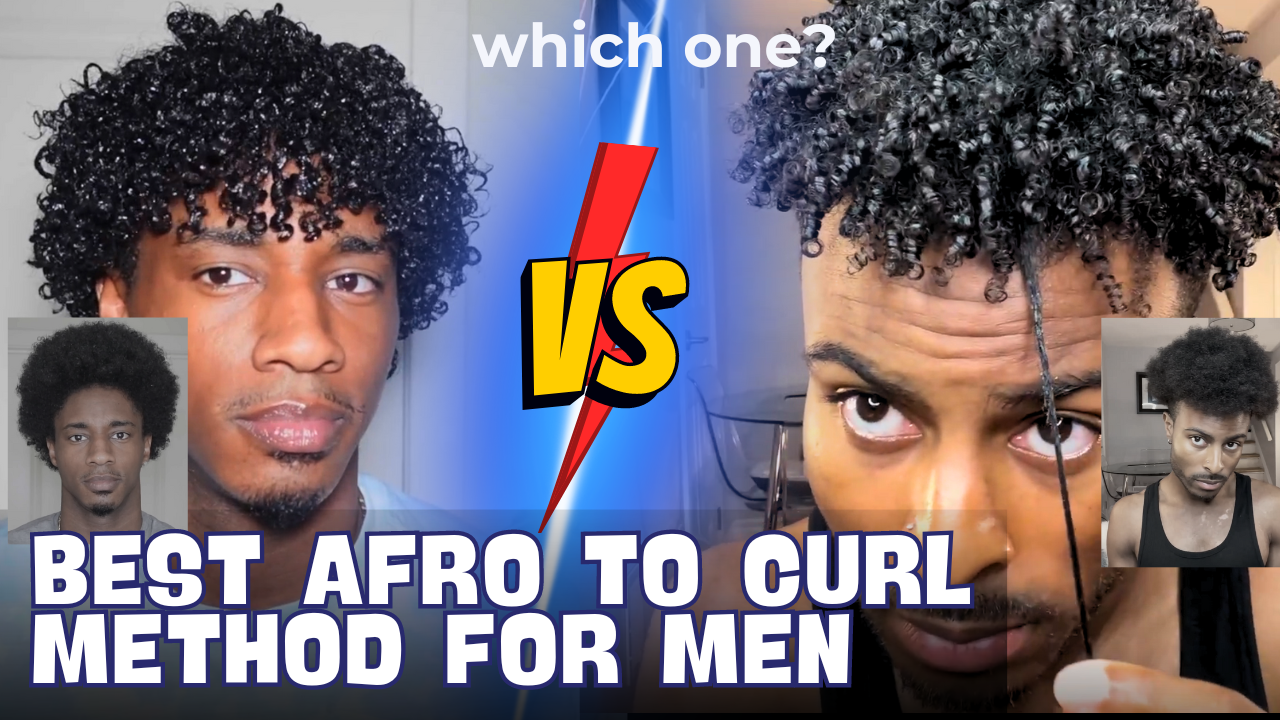Natural Hair News
-
What if the hair extensions you’re wearing could be slowly harming your health? Shocking new research reveals the hidden dangers lurking in synthetic braids—a popular choice for millions of Black women. But don’t worry, we’re about to uncover the truth...
-
The Shocking Truth About Your Hair Have you ever looked at your 4C hair in the mirror and felt a twinge of frustration? Maybe you've even caught yourself thinking, "Why can't my hair just cooperate?" If so, you're not alone....
-
Gentlemen, are you ready to unlock the secret to transforming your afro into a head-turning mane of curls? You're about to embark on a journey that will revolutionize your hair game and boost your confidence to new heights. But here's...
-
The Meaty Truth: New Global Study Links Meat Consumption to Increased Diabetes Risk You've likely heard conflicting advice about meat consumption over the years. One day red meat is vilified, the next it's promoted as part of a healthy...
-
Introduction: Have you ever wondered why, despite your best efforts and using popular hair care products, your beautiful black hair just doesn't seem to thrive? You're not alone. Millions of people with textured hair face this frustrating dilemma every day....
-
Introduction: As an African American woman, you've likely heard the terms "high porosity" and "low porosity" thrown around in hair care discussions. But what do these terms really mean, and why are they so important for our unique hair textures?...
-
Did you know that up to 70% of African American women struggle with high porosity hair, yet most mainstream hair care advice fails to address this specific issue? If you're tired of the same old tips that don't seem to...
-
Introduction: African American women with low porosity hair often find themselves in a frustrating cycle of trial and error when it comes to hair care. You've probably heard the same old advice time and time again – use protein treatments,...
-
By Naomie Monestime RDN (Registered Dietitian Nutritionist) You've heard it all before. "Use this coconut oil!" "Try this leave-in conditioner!" But what if I told you the key to unlocking moisture-rich hair for African American women might be growing...
-
Transforming 4C Hair Care: Introduction 4C hair, with its captivating coils and mesmerizing texture, is a crown of beauty that deserves the utmost care and nourishment. For generations, hair grease has been a staple in the maintenance and nurturing of...
-
Introduction 4C hair is a beautiful, versatile texture that has captivated the hearts of many. With its tightly coiled strands and unique structure, 4C hair requires a special level of care and attention to maintain its health and vibrancy. Central...
-
Why Black Women No Longer Need Hair Moisturizers Introduction In the ever-evolving world of hair care, a provocative question arises: do Black people still need traditional hair moisturizers? While these products have been a staple in African American hair care routines...
-
Research Study Say Blue Magic Makes Hair Fall Out? Blue Dye: Unpacking the Truth About Hair Grease Introduction In the realm of African American hair care, few products have been as ubiquitous and controversial as hair grease. From the iconic...













